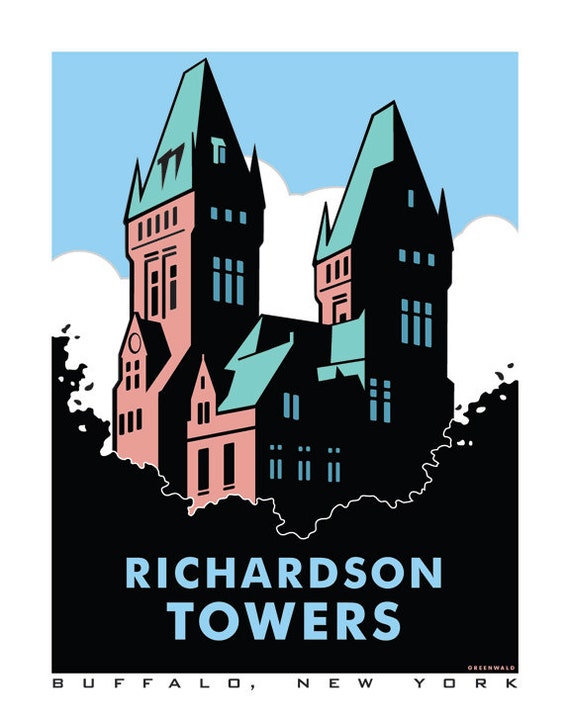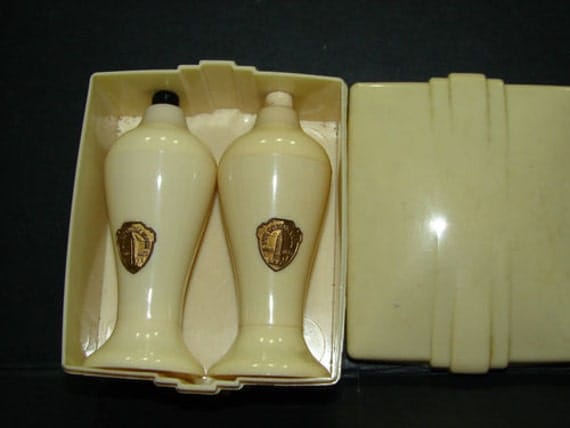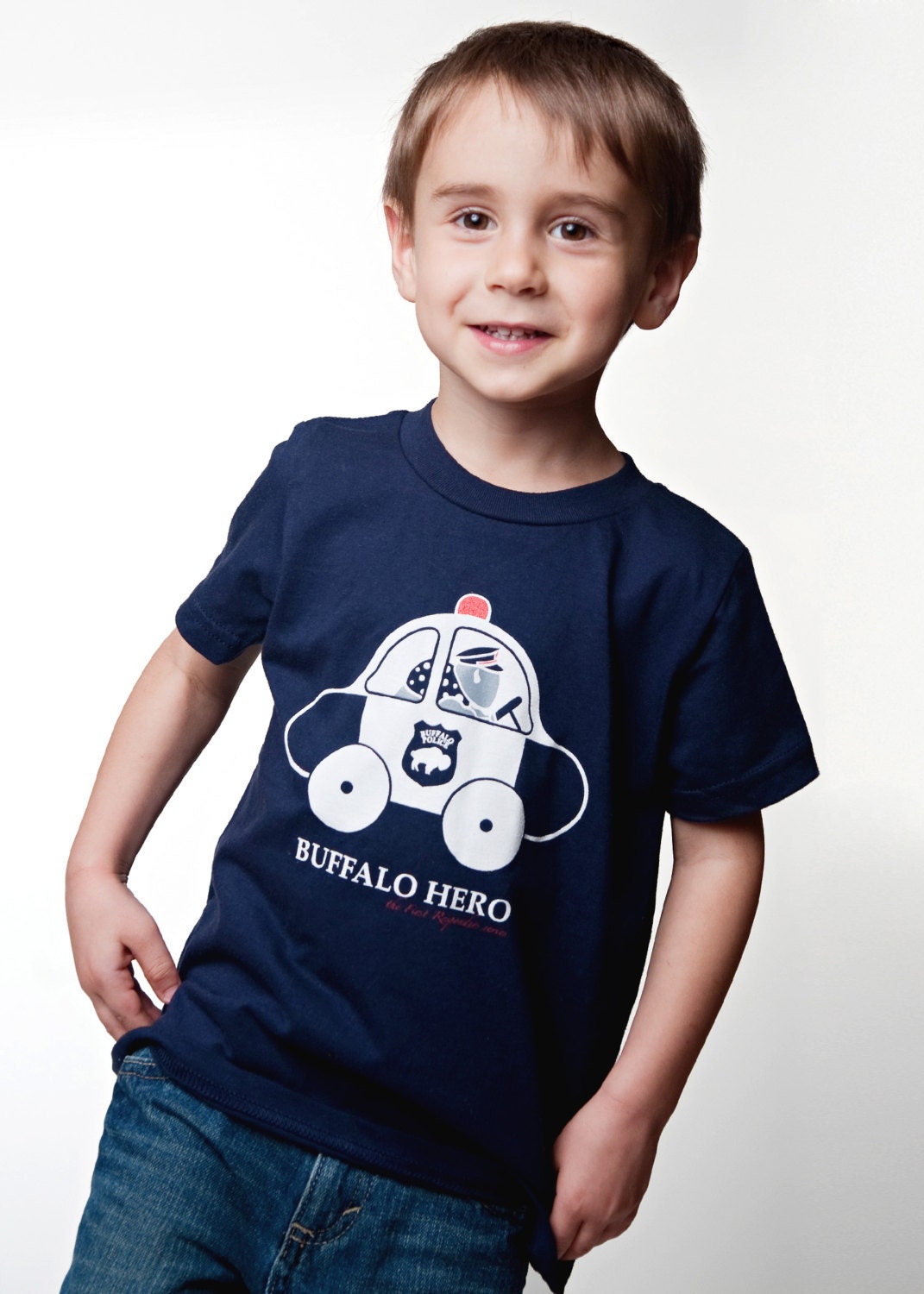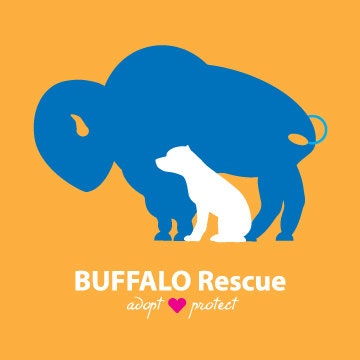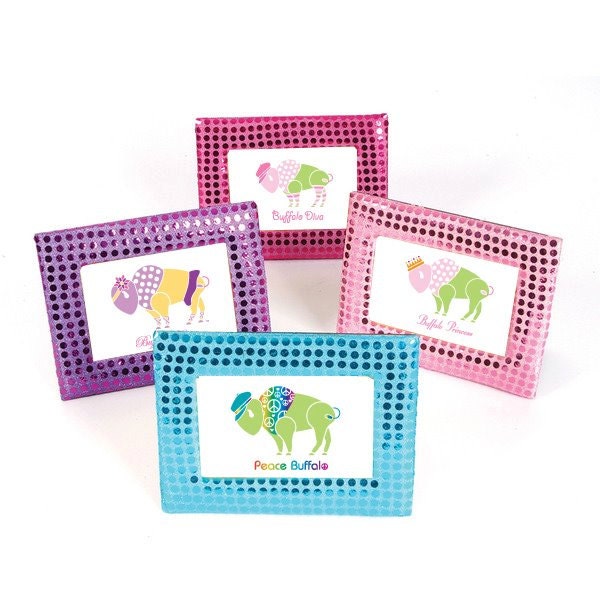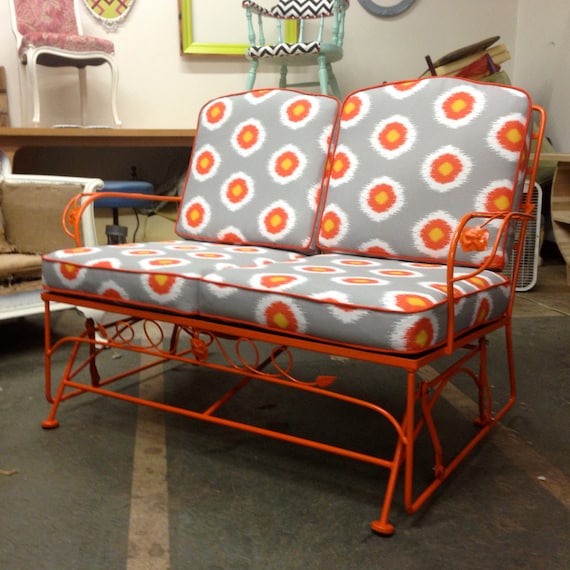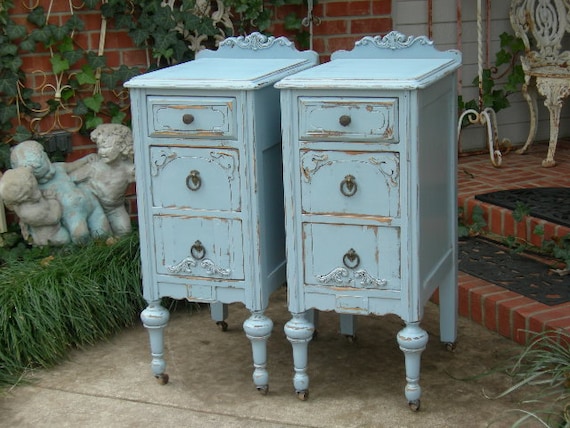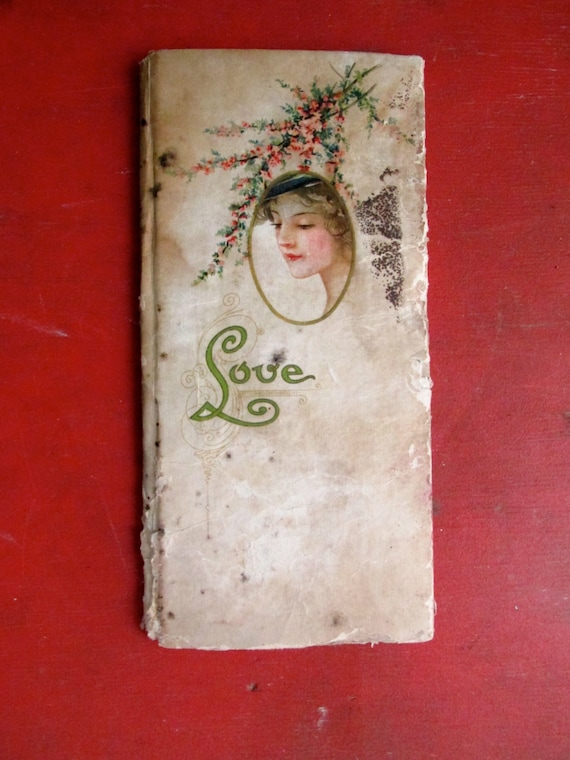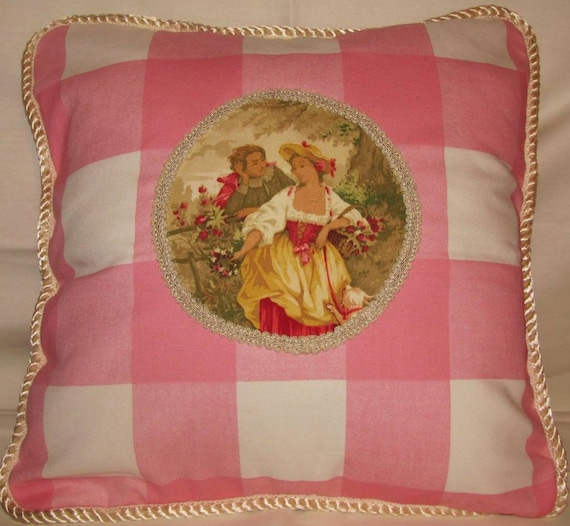This week Pat Sadler from myRetirementgig joins us!
Please tell us a little bit about yourself?
I’m Pat Sadler and I was born in London a few years after
the war; I was raised in Kent, which is located south east of London and houses
some historic monuments such as Canterbury Cathedral, and many Oast Houses
which were used for drying hops, hence my passion for old English designs and
English ale!.
I came to the States in 1979, got married and have called North
Tonawanda, New York home ever since.
My wife and I have 2 great adult kids, who are very entrepreneurial. My son
owns his own business called Sadler Fence and Straining in North
Tonawanda and my daughter is a social media wiz who now lives and
works in London.
I have worked in the same industry since 1980 manufacturing PVC fencing,
decking and railing products. I am also an avid woodworker with a shed full of
machinery and a head full of ideas but a lack of time to put them to work to my
advantage.

On the wrong side of 50, I decided to start looking ahead to what I want
to do when I grow up.
My daughter, who knows of my passion for making and selling my products,
suggested that I try Etsy as an outlet. That was in November of 2011. My Etsy
site is
www.myretirementgig.etsy.com
Etsy is a good site, and it will work for you if you stay on top of it. Once I
caught the selling bug I wanted to move more products so that I could invest in
machinery and materials and marketing. I wanted to grow!
I needed another sales fix, so my daughter designed a website for me.
www.sadlergardencollections.com a venue for additional exposure.
My first bird house/feeder was build back in 92 and since then I have added a
lot more designs.
What
do you create? How long have you been working on your craft/art
I
work with 2 very different materials, wood and PVC (rigid vinyl). I make bird
house and nesting boxes out of wood. I also have a line of PVC products such as
tube feeders, tray feeders, planters, mailbox posts, lawn signs, decorative
garden accents and a line of flower boxes that are only sold locally because
they are custom made.
I have been designing
products for over 30 years, and I am a self taught woodworker.
Where
do your ideas come from?
I
am always on the lookout for ideas, solutions to a problem or opportunities.
My
wife also helps in the business doing all the stenciling work, yes; it is all
done by hand.
I
love to travel and often find ideas or shapes in foreign places.
Do
you make special request orders?
I
will look at every opportunity to grow sales and give customers what they want.
I have made special customized products, personalized products, real estate
signs, A Woodgrain vinyl mailbox post for Olive Garden. I have also made special planters for local nurseries.
You never know where the next opportunity lies.
 Do
you have any upcoming art/craft shows?
Do
you have any upcoming art/craft shows?
I
have signed up and been accepted for 3 shows so far this year
June
30th The Buffalo Garden Art Show will be my first show in 10 years
July
20th 21st Canal Fest of the Tonawanda’s
October
12th, 13th, &14th Letchworth Arts & Crafts show.
That’s
it for now. Depending on how these first 3 go I may try for a couple more.
Please come out and say Hi.
Do
you have any advice or suggestions for new sellers to Etsy?
I
have enjoyed my 2 years on Etsy because it has allowed me to sell products
without too much effort. There is a nice feeling when you first start up the
computer in the morning and find an order that came in overnight, has been paid
for in full, and just needs shipping.
I
by no means understand all the intricacies of marketing and promoting my
products on Etsy, but my advice would be;
Keep
the new products coming; they keep you high on the search lists.
Thank
all the treasury creators for including your product and follow them. Follow
all the people who favorite an item.
Have
impeccable customer service. I always
thank the customer for the order, tell them when I am going to ship it and then
after it ships let them know when they can expect it to be delivered. The
feedback is very important to me and it lets other potential customers know
that you are credible.
Follow
up with a convo to see how they like the product now it is in their hands. They
may offer some idea to improve it that you hadn’t considered. With such a
follow up they may even refer you when a friend or family member is looking for
something.
Good
luck and good selling!!
Thanks so much Pat for sharing your work with us! If you live in Buffalo and would like to be featured on the blog please contact me for more information!

